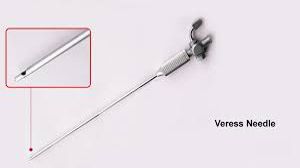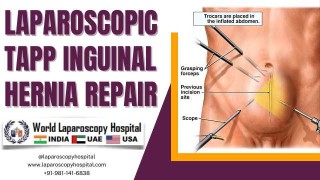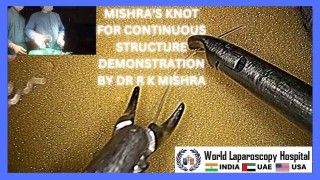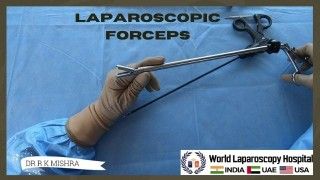Laparoscopic Salpingectomy for Hydrosalpinx
Add to
Share
286 views
Report
2 months ago
Description
Hydrosalpinx is a condition in which the fallopian tube becomes blocked and filled with fluid, often as a result of pelvic infections, endometriosis, or previous surgeries. This condition can cause chronic pelvic pain, recurrent infections, or infertility due to its negative impact on fertility and in-vitro fertilization (IVF) outcomes. One of the most effective treatments for hydrosalpinx is laparoscopic salpingectomy, a minimally invasive surgical procedure to remove the affected fallopian tube. Indications for Laparoscopic Salpingectomy Laparoscopic salpingectomy is primarily indicated in the following scenarios: Infertility: Presence of hydrosalpinx reduces implantation rates in IVF; removal improves IVF success. Chronic pelvic pain: Persistent discomfort caused by distended or inflamed fallopian tubes. Recurrent infections: To prevent ongoing pelvic inflammatory episodes. Ectopic pregnancy prevention: Severely damaged tubes can increase the risk of ectopic pregnancy. Procedure Overview Laparoscopic salpingectomy is performed under general anesthesia and involves the following steps: Patient Preparation: The patient is positioned in a lithotomy or Trendelenburg position. Preoperative antibiotics may be administered. Port Placement: A laparoscope is introduced through a small incision near the navel, along with 2–3 accessory ports for surgical instruments. Visualization and Assessment: The pelvis is inspected to assess the extent of hydrosalpinx and any associated pelvic pathology. Dissection and Removal: The affected fallopian tube is carefully dissected from surrounding tissues. The blood vessels are coagulated or clipped, and the tube is excised. Specimen Retrieval: The removed tube is placed in a retrieval bag and extracted through a port to prevent spillage of infected fluid. Closure: Instruments are removed, and port incisions are closed with sutures or surgical glue. Advantages of Laparoscopic Salpingectomy Minimally invasive: Smaller incisions lead to reduced postoperative pain and quicker recovery. Faster recovery: Most patients return to normal activities within a week. Better fertility outcomes: Removing a hydrosalpinx before IVF improves implantation and pregnancy rates. Reduced risk of ectopic pregnancy: Damaged tubes are removed, lowering future ectopic risk. Enhanced visualization: Laparoscopy allows precise assessment and treatment of coexisting pelvic conditions. Risks and Considerations While laparoscopic salpingectomy is generally safe, potential risks include: Bleeding or injury to nearby organs (bladder, bowel, or blood vessels) Infection Adhesion formation Complications related to anesthesia Postoperative Care Patients are typically discharged the same day or after an overnight stay. Postoperative advice includes: Avoiding heavy lifting for 1–2 weeks Monitoring for signs of infection or excessive bleeding Following up with the gynecologist for recovery assessment and fertility planning if applicable Conclusion Laparoscopic salpingectomy is a highly effective and safe procedure for managing hydrosalpinx. By removing the diseased fallopian tube, it not only alleviates pain and prevents recurrent infections but also significantly enhances fertility outcomes for women undergoing IVF. With advancements in minimally invasive surgery, patients benefit from faster recovery, less postoperative discomfort, and improved overall reproductive health.
Similar Videos






